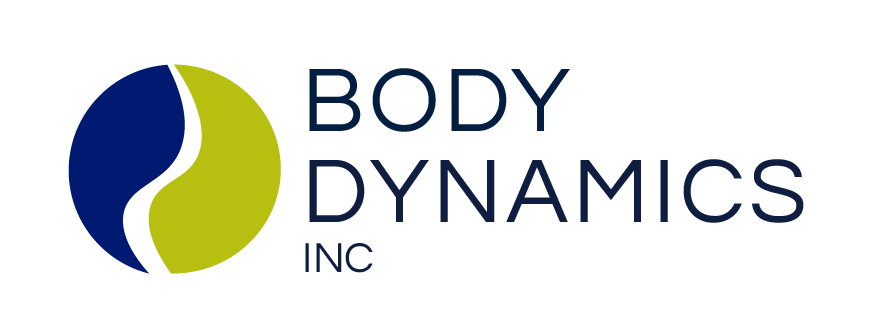What do all these things all have in common?
- Sitting cross legged
- Lifting your leg to tie your shoe
- Running stance
- Ballet turn out
- Golf Swings
- Swimming breast stroke
- Baseball pitches
- Pivot punches
- Soccer kicks
- Throwing your fishing line
- Plant and cut maneuvers
They are lifestyle and sport-specific movements that require hip rotation! The muscles that perform these functional movements are in the back of your hip, often neglected. These muscles can sometimes feel “tight” leading some people to think they need to be stretched.
However, most of us spend a lot of our days sitting for work, for play, or for rest. And the sitting position actually places these muscles in a position of stretch and inefficiency. If you struggle with any of the above movements, have tight hips, or have a variety of hip, knee, or ankle pains— read on!
The hip moves in a myriad of motions due to its shape as a ball and socket joint. This makes good control and good strength vital through the full range of those motions. Five primary muscles externally rotate the hip and five secondary. Most of those primary muscles are deep in the hip and often overshadowed by the larger, more powerful glute muscles.
Many people may know the traditional clamshell exercise that targets this primary group of muscles, but there are many variations that can help you start to isolate these muscles as well as integrate their use back into your functional movement. Instead of trying to stretch your way to healthy hips, why don’t you take a look at some of these variations and consult with your BDI physical therapist or trainer?
Healthy hips are those that have full mobility, full strength, and the nuanced training to move you through your specific lifestyle and activity goals.
